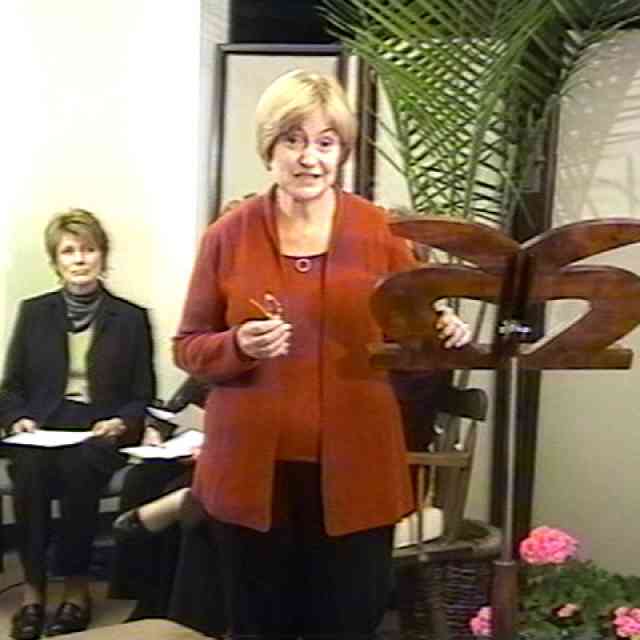
SAA Board meeting, April 2010
As the van edged its way down the highway, purple-hued mountains poked out along the horizon. Prairie dogs darted in and out of their holes as the vehicle passed by the open land. Was this a setting for a movie perhaps? No … the van then veered onto the exit ramp, and burst upon the bustling sights and sounds of Boulder, Colorado. I had just arrived for my first SAA board meeting.
Armed with a huge binder filled with minutes, policies, reports, and instruction on Carver governance, I felt excited and apprehensive. What skills would I have to offer? What would I learn?
So, what does the board do? Let’s look at the mission statement: “The mission of the SAA is to improve the quality of life in the Americas through Suzuki education. We seek to create a learning community, which embraces excellence and nurtures their human spirit.” The board works on crafting and revising policies to enable the CEO and the staff and committees to further this mission and maintain Dr. Suzuki’s legacy. Through Carver training, the concept is for individuals to put the needs of the group first. With a common purpose and direction, the discussions and decisions move along with efficiency, which is a rewarding experience. This has given me a new perspective on awareness of group interactions and function.
The board has a variety of opportunities to connect to the membership. When our meetings were in other locations, we met vibrant and enthusiastic groups of teachers, parents and students who shared their ideas and perspectives with us. One of those groups, from Ontario, has just become a chapter affiliate. The annual summer focus group was another highlight, seeing new and experienced teachers and parents offering questions and thoughts. Other opportunities came at the conferences where we would wear our volunteer hats and have fun doing fundraising. It was fun, for when believing in the value of the SAA projects, one can go “all out” and enjoy the process of gathering funds to benefit members and the organization.
In his speech given at the conclusion of the SAA Conference in May of 2010, Chair-Elect Mark George relayed that in our policies, the membership is referred to as “the owners.” Did you know that you are an owner of the SAA? Think of the analogy of renting versus owning a home. What is the difference? Well, an owner of a home seeks to maintain it and improve it, not just for now, but also for the future owners. The owner makes an investment and a commitment to take care the home. Renters are temporary, for a limited time. Also the renter is restricted as to the type and amount of changes to be made to the home. What would you like to do as an owner? Can you think of a way to serve the SAA? What are your gifts?
On the board we practice servant leadership, which parallels Dr. Suzuki’s philosophy for teachers. Dr. Suzuki himself would model this to his students back in Matsumoto. The example that comes clearly to my mind was on lesson day. We would sit in Dr. Suzuki’s studio for many hours, observing the other teacher trainees and waiting for our own turn. After several hours Dr. Suzuki would announce a break. He would be the first out the door to fetch the snacks and orange juice. He would delight in serving each one of us, with a comment and a special moment with each person, as he would go along.
I would like to express my gratitude in being able to serve the SAA on the Board of Directors. It was a pleasure to be such a close part of the organization as it continues to grow and change. I must comment that CEO Pam Brasch’s input was invaluable as I found my way through many projects as a conference coordinator, then as a Board member.
I plan to continue to be an active “owner” of the SAA and hope that you too will consider the avenues to lead to an active “ownership” role in the SAA.








